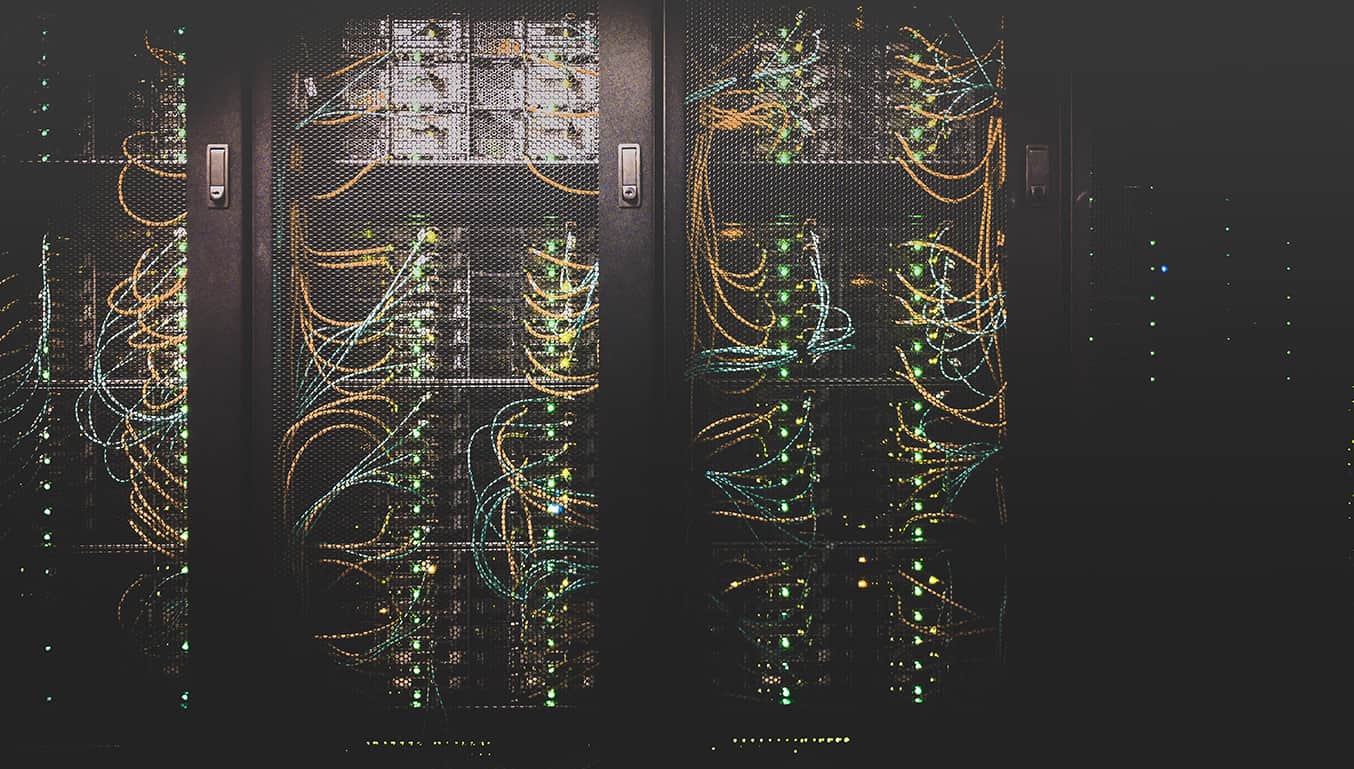The Government has announced its ‘AI Opportunities Action Plan’ in which it plans to increase the use of AI across the UK to ensure the UK is a world leader in the field.
As part of this it talks about the creation of AI ‘growth zones’ where it plans to accelerate planning approvals for data centres and improve access to the energy grid. It also talks about building a new supercomputer to increase the UK’s computing capacity and building more data centres to help with the infrastructure required to develop AI.
The Government has emphasised the benefits of AI and focussed on its ability to take on more routine tasks. For example, commenting that AI can reduce the amount of admin for doctors, nurses and teachers, giving them more time to spend with patients and students.
As always, any talk of AI prompts a debate between the benefits of its use and safety concerns, given the vast amount of data AI has access to. There are also debates about whether it will increase or decrease employment rates. On the one hand, given the evolving skill set required to support AI development and use, AI will inevitably lead to the creation of more skilled roles – after all, we have a significant number of roles today which would not have existed years ago before technological advances. However, as it aims to take on the more routine elements of employees’ roles, those currently carrying out these duties are unsurprisingly concerned about being displaced – again, history shows us this may be the case with many roles displaced by machinery and technology over time.
There have been several studies on AI and the impact this could have on unemployment. For example, Goldman Sachs published a report in March 2023 claiming that 300 million full-time jobs worldwide could be lost or diminished due to AI. The International Monetary Fund has also recently reported that nearly 40% of jobs globally could be affected by AI, with high-income economies facing more significant risks than emerging markets and low-income countries. However, other studies suggest that AI may, as a whole, create more jobs. The World Economic Forum, for example, have reported that AI could create around 170 million roles and displace 92 million – thus resulting in an increase overall.
It also talks about building a new supercomputer to increase the UK’s computing capacity and building more data centres to help with the infrastructure required to develop AI.
Clearly the use of AI in employment is not new. It is already being used, for example:
- To undertake research and generate documents (for example via Chatbots)
- To screen CVs and conduct interviews
- To analyse recruitment decisions to detect bias and make recommendations to improve diversity
- To analyse performance data and write reviews
- To analyse employee engagement data and track employee wellbeing (e.g. through the use of wearable apps)
- To predict business needs for effective workforce management
- To assess workplace policies and employee data to detect health and safety risks
There are significant benefits in the use of AI. It can clearly help organisations become more efficient and effective, saving time and costs but it also helps individuals. For example, it is used in healthcare to help detect illnesses, conduct research and reduce human error. It can also enhance customer service by providing 24/7 support, reducing response times and tailoring preferences. As detailed above, it can also embed itself into a company’s decision-making process, improving the quality of those decisions by ensuring a wide range of relevant data is analysed.
Whilst AI has been around for years, the rise of AI tools, like Chatbots, have brought it more onto the everyday employee’s radar and now the Government’s announcement seems set on bringing this to the forefront of everyone’s minds.
For any employers that would like more information please contact one of our team.




